Following a long pandemic and multiple crisis changes, it’s time to return your building infrastructure to the way it was in the before times.
By David M. Newman, PE, CEM, LEED-AP, CEA, Vice President of Engineering, Energia
The real estate industry has a saying that everyone knows, “when it comes to buying a great home, there are three important things: location, location, location.” During the pandemic and hasty return to hybrid learning the saying among school administrators and facility managers appeared to be, “when it comes to the buildings, it’s all about ventilation, ventilation, ventilation.”
At the time, school administrators and facilities managers were working with sparse and ever-changing guidance from the CDC and elsewhere that recommended flooding classrooms and other facilities with as much fresh outside air as possible to prevent any viruses from lingering. This sometimes meant altering previously commissioned ventilation systems to maximize the amount of outside air, sometimes to the very limits of their capacities, as well as opening doors and windows during the heating season that would normally remain closed or adding additional ventilation fans. It was a crisis, and as with any crisis, we all did the best we could. We heard many clients say the same phrase, “It is what it is” as they made adjustments to previously environmentally-tuned facilities to improve airflow.
School districts across the nation often hired outside contractors to come in and – essentially – push their HVAC systems to the limits to prioritize ventilation over everything else. Many others simply made changes on their own – sometimes creating comfort issues and even causing equipment damage. Anything to push as much fresh air through their buildings as possible. Energia was frequently consulted about what this meant for delicate building controls and systems. Could a school just set everything to maximum? Open all the vents and windows and let whatever happens, happen?
Our response was: No. We guided our client districts in what they could make changes to, where they could open a vent, change operating parameters, turn off a sensor. But in the end, many districts moved forward with the idea that if some airflow was good, more airflow would be better. That turned out not to always be the case.
In fact, as we have returned to normal, we have seen that many of the changes made to deal with maximizing ventilation have not been reset back to typical code-recommended levels, overrides in the control systems and mechanical adjustments to equipment remain and have been long forgotten, and maintenance issues relating to these changes, including a greatly increased need for filters to be replaced (which often are not being serviced, which has the opposite effect of what was intended). Often, changes to control systems were overridden by simply putting them in “day mode” which means not only is outside air being pulled in overnight, but it’s being heated to 70 degrees too – when nobody is in the building.
This is not how the facilities and systems are meant to function!
The good news is – if caught quickly – these are fairly minor changes that can be recalibrated, reset, rebalanced and commissioned back to the optimal settings now that we have a better understanding of what type of airflow works best in the facilities.
This is exactly how Energia begins any of its energy-savings projects – with a comprehensive review. In fact, our scope of services document details our process right at the top:
An Energia Financial Assessment of your facilities will be conducted which includes a utility review/assessment, facility walk-through, and a written report of findings and recommendations. This survey will determine if an Energy Performance Contract is feasible and estimate the size and scope of work that can be performed.
During that review, assessment and walkthrough of the facility, our engineers will note any critical systems changes and document the necessary corrective actions.
What we are looking for is how to minimize your energy usage while maximizing the performance of your facility – including things like airflow, HVAC and lighting. We are also aware that this school year has seen many staffing shortages, meaning you likely don’t have someone who can make the necessary system changes, let alone climb onto the roof to fix the broken dampers or controls on the HVAC units..
Energia oversees outside teams as part of any energy-savings project and ensures that every system is operating at its fullest capacity for greatest performance.
We are now moving back to normal operations and we want your facilities to support you to their best capabilities. You have enough things to worry about – your building shouldn’t be one of them.
